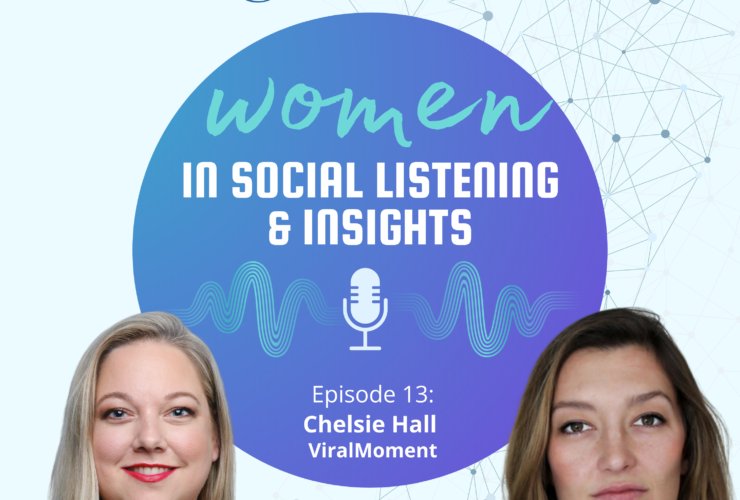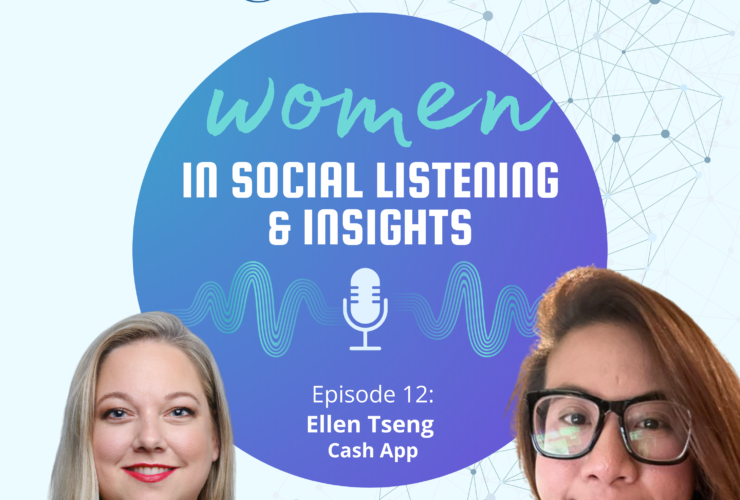An increasing number of businesses have realised that online conversations about their brand are more than data points and that social listening is a real human skill that can’t just be bolted onto a junior member of the team. However, as these businesses begin to invest in social listening tools and the view of “social” as a risky experiment fades, one question keeps recurring: Now that I have the data, what am I supposed to do with it?
Understanding the data and its potential to drive actionable insight is paramount. Here at Convosphere, we believe that social listening platforms are helpful and make us more efficient at what we do. But we also know that they are just the tools in the box and, like with any tool, you need skilled people to handle them and deliver the results. With this in mind, we have listed 4 reasons why the human touch is so important when performing effective social listening.
1. Conversations won’t always be in English
With nearly 3.5 billion of us already online – a number set to double over the next decade with mainly non-English speakers from Africa, Asia and South America joining the social space – it’s vital to understand the variations in language by location. Social listening tools won’t necessarily be able to differentiate between dialects or even pick up conversations happening in some languages.
2. Grasping a language is not enough – you also need to understand the context behind it
Most of us are aware that the language and the online channels people use to communicate differ from country to country. But have you taken into consideration different regions within countries? In Brazil alone, there are five different regions all with their own singularities. Words can have very different meanings, not only between regions but also from city to city. For example, the Portuguese word bolacha has five potential meanings, varying from cookie and cracker to face slap.

3. Conversations are moving away from words
The conversations of Generation Z have moved beyond words. As mobile continues to flourish, we have to improve our understanding of text-speak as well as new waves of communications, including emojis, images and symbols. While there are tools out there that capture visual insight, you still need the right kind of people to understand the nuance of the conversation in its cultural and geographical context.
4. How are they saying it online?
Conversations on niche online communities are not always easy to follow as an outsider. While social listening tools often struggle to pick up on tone, irony, idioms and channel/demographic specific jargons, social listeners will help you understand what is being said about your brand.
To put it simply, social listening tools aren’t like a slot machine. You may have the tech, but still require the people to do the work and deliver insights. What’s your experience? Please share your view on our Twitter page!






